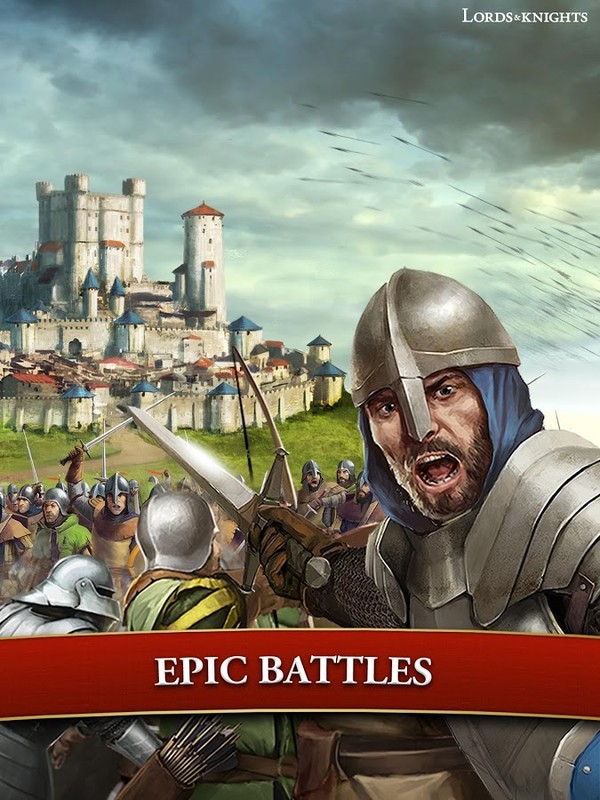

Was not large: around forty to fifty when the lord was in residence, perhaps twenty when he was not. Source: Frances Gits and Joseph Gies, Marriage and Family in the Middle Ages ( New York Harper & row> 1987), p. The heir could not marry until his father died, unless he found an heiress and won a house and bedchamber of his own. There was only one “great chamber” the castle was not designed for more than one married couple.

On one side the sons of the lord stayed “when they so desired,” and sometimes the watchmen and servants on the other the daughters “because they were obliged”-where they could he watched over until they were suitably married. The attic, designed mainly for the adolescents, was divided into two sections, evidently outfitted with pallets. Adjoining the hall were “the great chamber in which the lord and lady slept” and “the dormitory of the ladies-in-waiting and children,” in other words, the nursery. It had its hall and attendant service rooms (larders, pantry, and buttery) on the second floor, above the ground-level storerooms with their boxes and barrels and utensils. The castle Lambert of Ardre describes … was not one of the newer masonry structures but the old motte-and-bailey timber fort of the tenth century. It was controlled by the Montgardin family, related to the counts of Guines. The castle Lambert described is generally assumed to be the castle of Bou-quehault in northeastern France.

In their discussion of castle life Frances and Joseph Gies drew on the twelfth-century History of the Counts of Guinea, by Lambert of Ardres. Even in massive structures built by kings and princes the actual number of people living within the castle walls A MEDIEVAL CASTLE Castles were frequently the homes of only a small garrison, which might include one or two knights, mercenary soldiers, and civilian-soldiers who owed military service. One of the most striking artifacts of their power is the medieval castle, and many modern assumptions about castle structure and noble life are based on anachronistic, romantic perceptions. Yet, this small community had a disproportionate influence on many aspects of European society and culture. The noble class and the people who worked immediately for them (their retainers) were only a small percentage of the medieval European population, at most 3–5 percent.


 0 kommentar(er)
0 kommentar(er)
